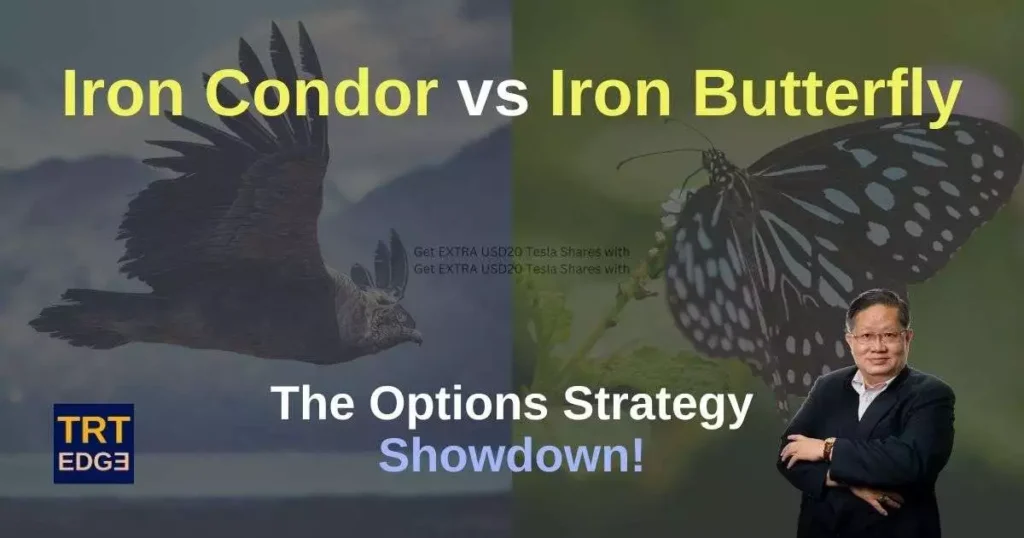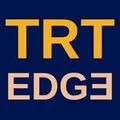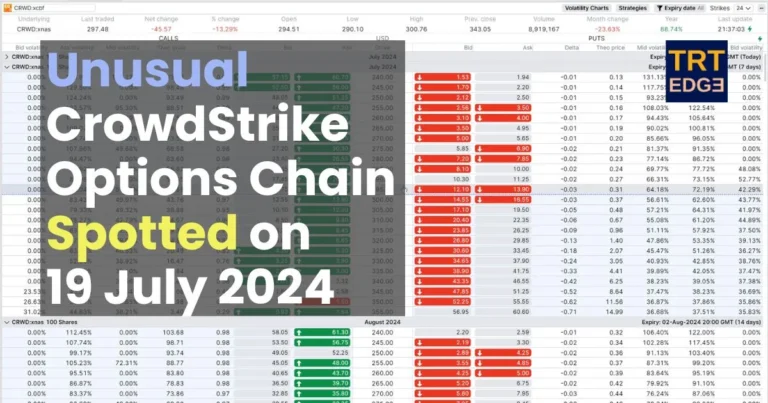Iron Condor vs Iron Butterfly: The Options Strategy Showdown

Options trading is a fascinating and complex field, offering a wide range of strategies for traders and investors to choose from. Two popular options strategies, the Iron Condor and the Iron Butterfly, are often employed by traders seeking to generate income and manage risk in their portfolios. In this blog post, we’ll explore Iron Condor vs Iron Butterfly, highlighting their key differences, advantages, and potential drawbacks to help you make informed decisions in your options trading journey.
Understanding the Basics
Before diving into the comparison, let’s first understand what Iron Condors and Iron Butterflies are:
What is An Iron Condor?
An Iron Condor is a neutral options strategy used when a trader expects a stock or index to trade within a specific price range over a set period. This strategy involves four options contracts: two sell contracts and two buy contracts. Here’s how it’s constructed:
- Sell an out-of-the-money (OTM) put option.
- Buy a further OTM put option with a lower strike price.
- Sell an OTM call option.
- Buy a further OTM call option with a higher strike price.
The profit potential in an Iron Condor comes from the difference between the premiums received from selling the options and the costs of buying the protection options. It’s a popular strategy for collecting premium income while capping both potential losses and gains.
What is An Iron Butterfly?
An Iron Butterfly, like the Iron Condor, is a neutral strategy. It involves using four options contracts as well, but with a slightly different structure:
- Sell an at-the-money (ATM) call option.
- Buy an OTM call option with a higher strike price.
- Sell an ATM put option.
- Buy an OTM put option with a lower strike price.
The profit potential in an Iron Butterfly also comes from the difference between the premiums received from selling the options and the costs of buying the protective options. It’s called a “butterfly” because the options positions resemble the shape of a butterfly on a profit and loss graph.

Iron Condor vs Iron Butterfly: Key Differences
Now that we understand the basics of these strategies, let’s compare them based on several critical factors:
| Iron Condor | Iron Butterfly | |
|---|---|---|
| Risk-Reward Profile | This strategy offers a wider profit range than the Iron Butterfly. It’s designed for traders who expect the underlying asset to trade within a specific price range. The risk is limited to the difference in strike prices minus the premium received. | The profit potential in this strategy is narrower compared to the Iron Condor. It’s ideal for traders who expect very little price movement in the underlying asset. The risk is limited to the premium paid for the options. |
| Cost and Capital Requirement | Typically, an Iron Condor requires less upfront capital because the options sold are OTM, and the premiums received help offset the cost of protective options. | The Iron Butterfly may require more capital upfront since it involves ATM options, which have higher premiums, and the potential loss is also greater. |
| Probability of Profit | This strategy generally has a higher probability of profit because it allows for a wider range of price movements before incurring losses. | The probability of profit in an Iron Butterfly is lower because it requires the underlying asset to remain near the strike price, making it less forgiving of price movements. |
| Breakeven Points | The breakeven points are farther from the current stock price, giving you more room for error. | The breakeven points are closer to the current stock price, making it less forgiving of price fluctuations. |
| When to Use | You expect moderate price stability in the underlying asset. You want to collect premium income. You’re comfortable with a wider profit range and lower maximum profit potential. You have limited capital to invest. | You expect very little price movement in the underlying asset. You want to collect premium income. You’re willing to accept higher capital requirements and limited profit potential. You have a high conviction that the stock will remain near the strike price. |
Conclusion
In the Iron Condor vs. Iron Butterfly showdown, both strategies have their merits and are valuable tools in the options trader’s toolkit. Your choice should depend on your market outlook, risk tolerance, and capital availability.
The Iron Condor provides a wider profit range and higher probability of profit, making it suitable for traders who anticipate moderate price stability. On the other hand, the Iron Butterfly is ideal for those who expect very little price movement but are willing to commit more capital for limited profit potential.
Regardless of the strategy you choose, remember that options trading carries inherent risks, and it’s essential to thoroughly understand each strategy before implementing it in your portfolio. Consider trade-to-learn with a live trading account to gain experience and mitigate potential losses as you explore these options strategies.

If you would like to know more about Iron Condors and Iron Butterflies, and how you can trade-to-learn using these strategies, or if you would like to express interest in a strategy workshop, contact us.







